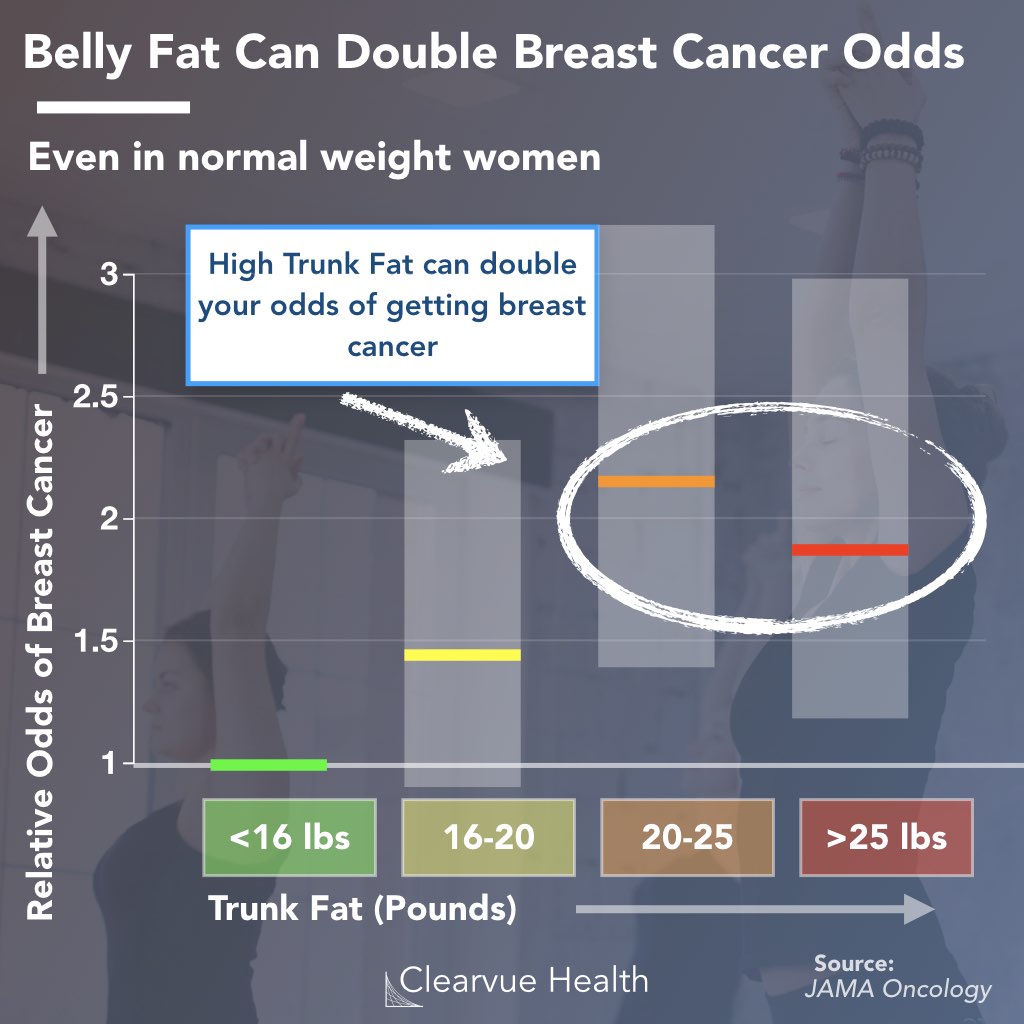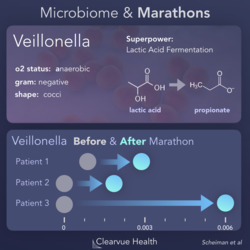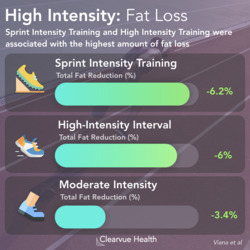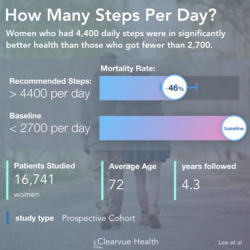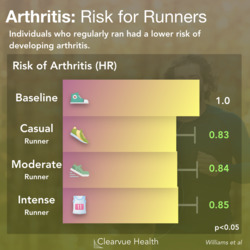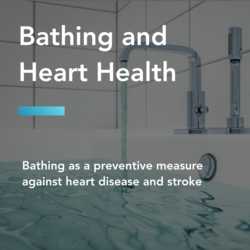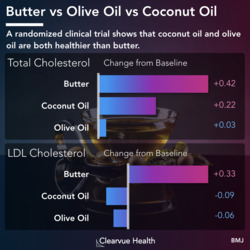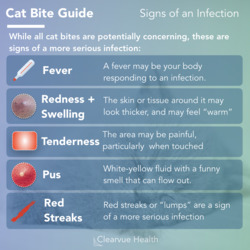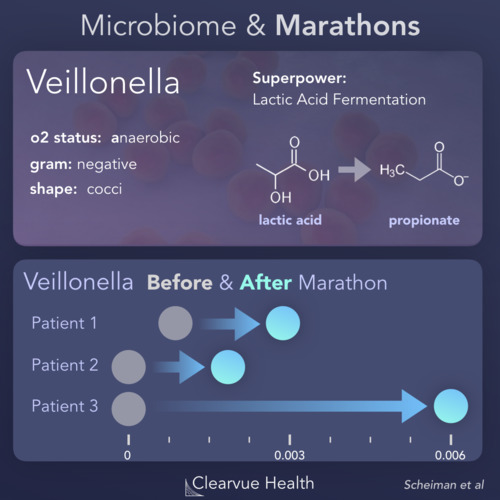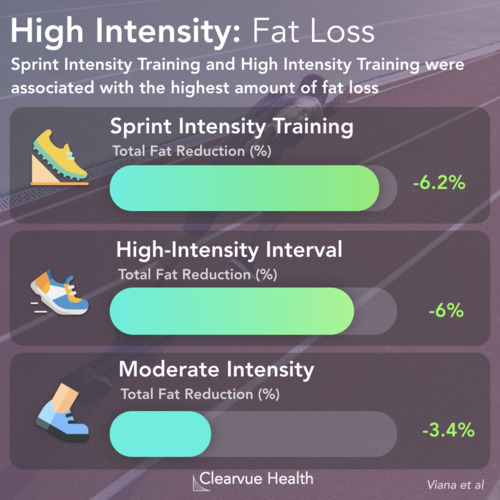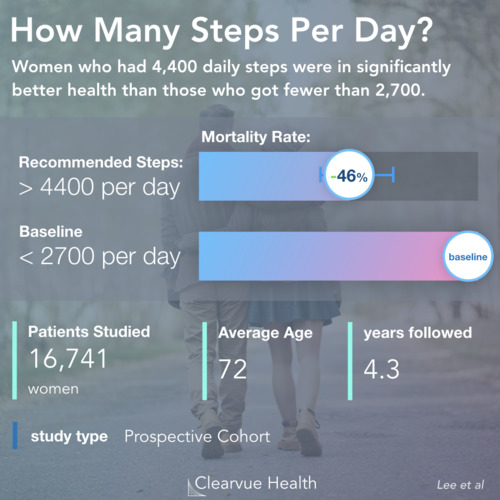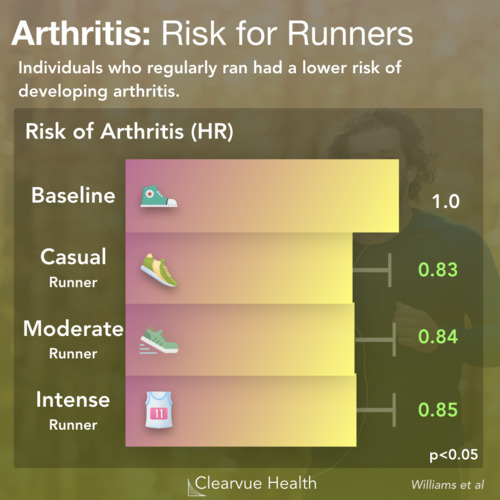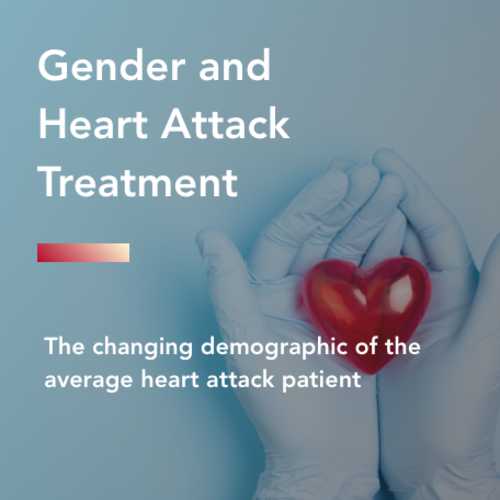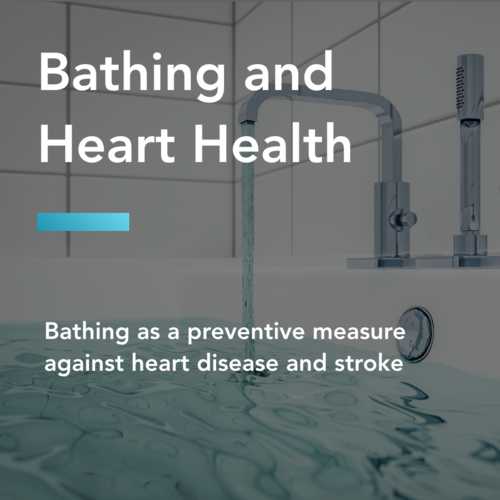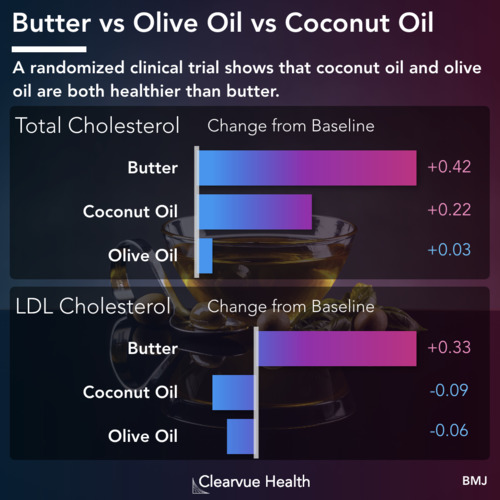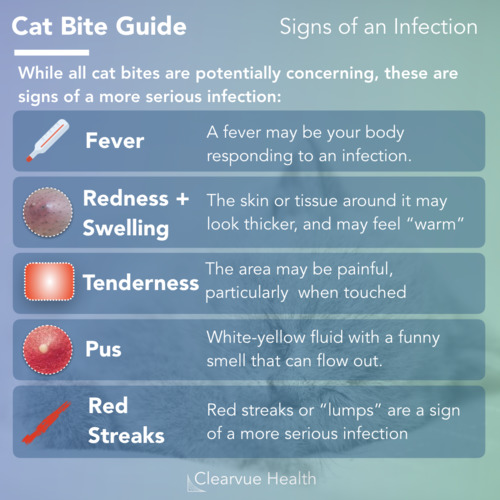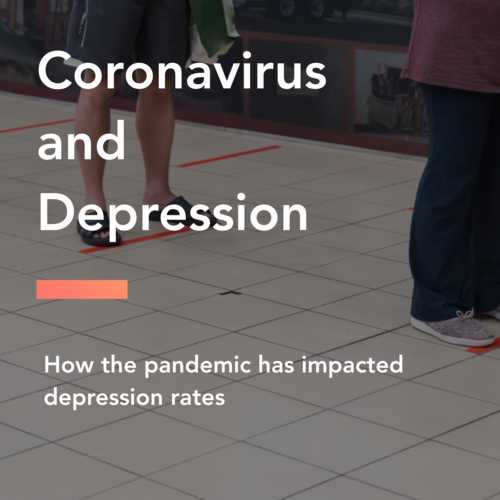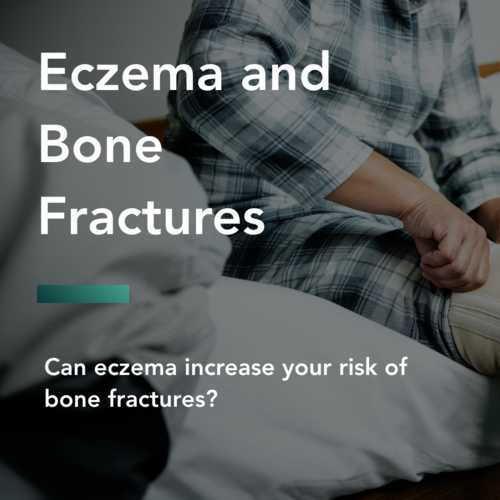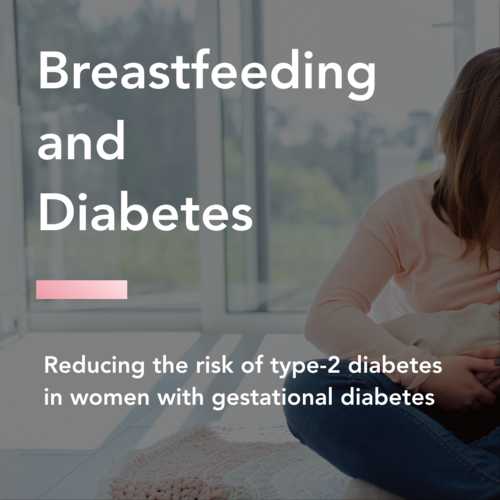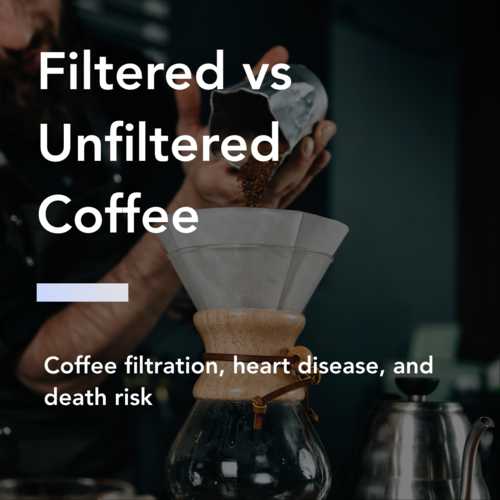The Need for Better Measurements
Heart disease is the leading cause of death in the United States. Fortunately, you can significantly reduce your own risk with simple lifestyle interventions. Just diet and exercise can significantly reduce your heart disease risk.
Heart health can be a tricky thing to measure. Doctors often use BMI as a quick gauge, but BMI has some significant shortcomings. Someone who is muscular and built can have a high BMI without any body fat. Meanwhile, someone with a lot of belly fat and no muscle can be classified as normal weight while having an elevated heart disease risk.
Study Design and Research Question

The study was designed to investigate whether push-ups could predict heart disease. As an exercise, push-ups can be physically challenging when correctly done. They require core strength and upper body strength. Additionally, high body fat can make a push-up even more challenging with the added weight.
Researchers had over 1,500 firefighters in Indiana try to do as many push-ups as they could until they had to slow down or stop.
They were then followed over 10 years to see whether the number of push-ups they did when they started could predict their risk of heart disease.
Study Results: Push-ups and Heart Disease Free Survival

The results showed that over 10 years, the groups diverged dramatically in terms of heart disease free survival. By year 10, more than 95% of all participants who could do more than 30 push-ups in one set 10 years ago were still heart disease free and alive.
Meanwhile, only 85% of participants who could do less than 11 push-ups were still heart disease free.
This is all the more remarkable given the fact that all participants were firefighters, who are generally pretty fit to begin with.
Study Results: Survival Risk & Statistical Significance

When this data was analyzed for Incidence Rate Ratio, a statistical measure used to compare the rates of events such as heart attacks, researchers found a significant difference between those who can do more than 11 push-ups and those could only do less than 10 push-ups.
Individuals who could do 11-20 pushups had an approximately 64% lower risk of heart disease, which was statistically significant.
Individuals who could do 41+ push ups had on average a 96% lower risk of heart disease
Why This Matters: BMI is an Imperfect Measure of Physical Health
This study potentially offers a complementary and possibly better way of measure physical fitness and cardiovascular health, alongside current measures such as BMI and body fat measurements.
Multiple studies have shown that BMI is an imperfect measure of health.
One of the better examples of this was found in a study of women and breast cancer risk, which demonstrated that individuals with belly fat still suffered the consequences of body weight, even with a normal BMI.
Briefly, breast cancer has been known to be more common in women with higher BMIs.
Researchers found that even among women who were classified as normal weight, having more belly fat correlated with an approximate doubling of the risk of breast cancer.
